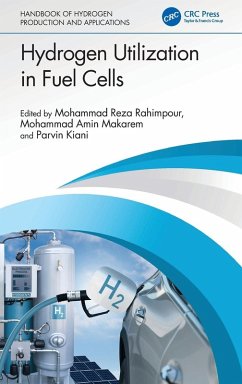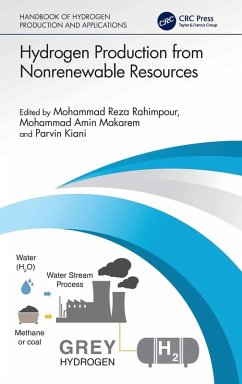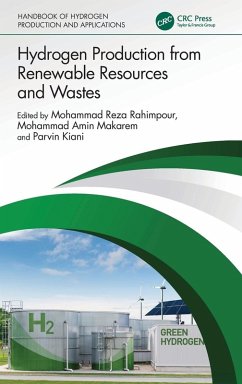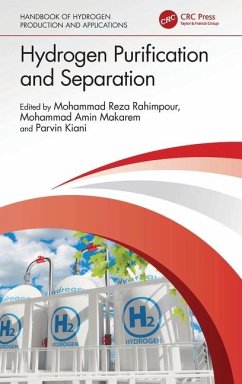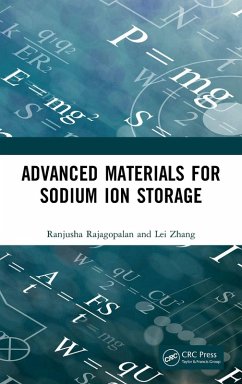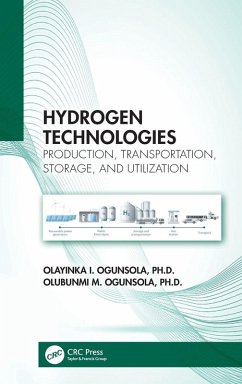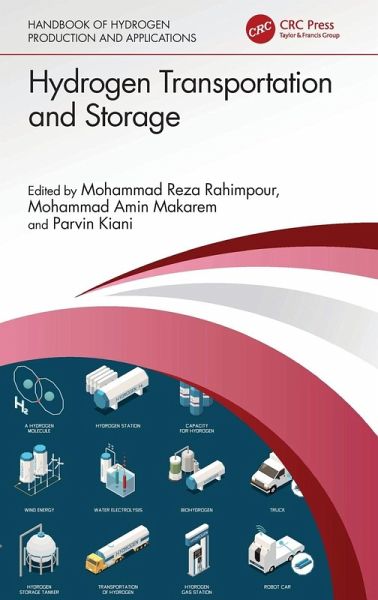
Hydrogen Transportation and Storage
Versandkostenfrei!
Versandfertig in 1-2 Wochen
142,99 €
inkl. MwSt.
Weitere Ausgaben:

PAYBACK Punkte
71 °P sammeln!
The success of hydrogen energy markets depends on developing efficient hydrogen storage and transportation methods. Hydrogen may be stored in various ways, including compression, liquefaction, adsorption, hydrides, and reformed fuels. Hydrogen's application, transport method, storage time, and other factors all have an impact on the technology choices available for its long term storage. This book comprehensively reviews hydrogen storage and transportation technologies along with related safety hazards and challenges.Introduces hydrogen storage and transportation materials and standardsInclude...
The success of hydrogen energy markets depends on developing efficient hydrogen storage and transportation methods. Hydrogen may be stored in various ways, including compression, liquefaction, adsorption, hydrides, and reformed fuels. Hydrogen's application, transport method, storage time, and other factors all have an impact on the technology choices available for its long term storage. This book comprehensively reviews hydrogen storage and transportation technologies along with related safety hazards and challenges.
Introduces hydrogen storage and transportation materials and standardsIncludes miscellaneous hydrogen storage methodsCovers different hydrogen transportation technologiesComprehensively describes hydrogen storage and transportation safety considerationsProvides economic assessments and environmental challenges related to hydrogen storage and transportation
Part of the multivolume Handbook of Hydrogen Production and Applications, this standalone book guidesresearchers and academics in chemical, environmental, energy, and related areas of engineering interested in development and implementation of hydrogen production technologies.
Introduces hydrogen storage and transportation materials and standardsIncludes miscellaneous hydrogen storage methodsCovers different hydrogen transportation technologiesComprehensively describes hydrogen storage and transportation safety considerationsProvides economic assessments and environmental challenges related to hydrogen storage and transportation
Part of the multivolume Handbook of Hydrogen Production and Applications, this standalone book guidesresearchers and academics in chemical, environmental, energy, and related areas of engineering interested in development and implementation of hydrogen production technologies.







